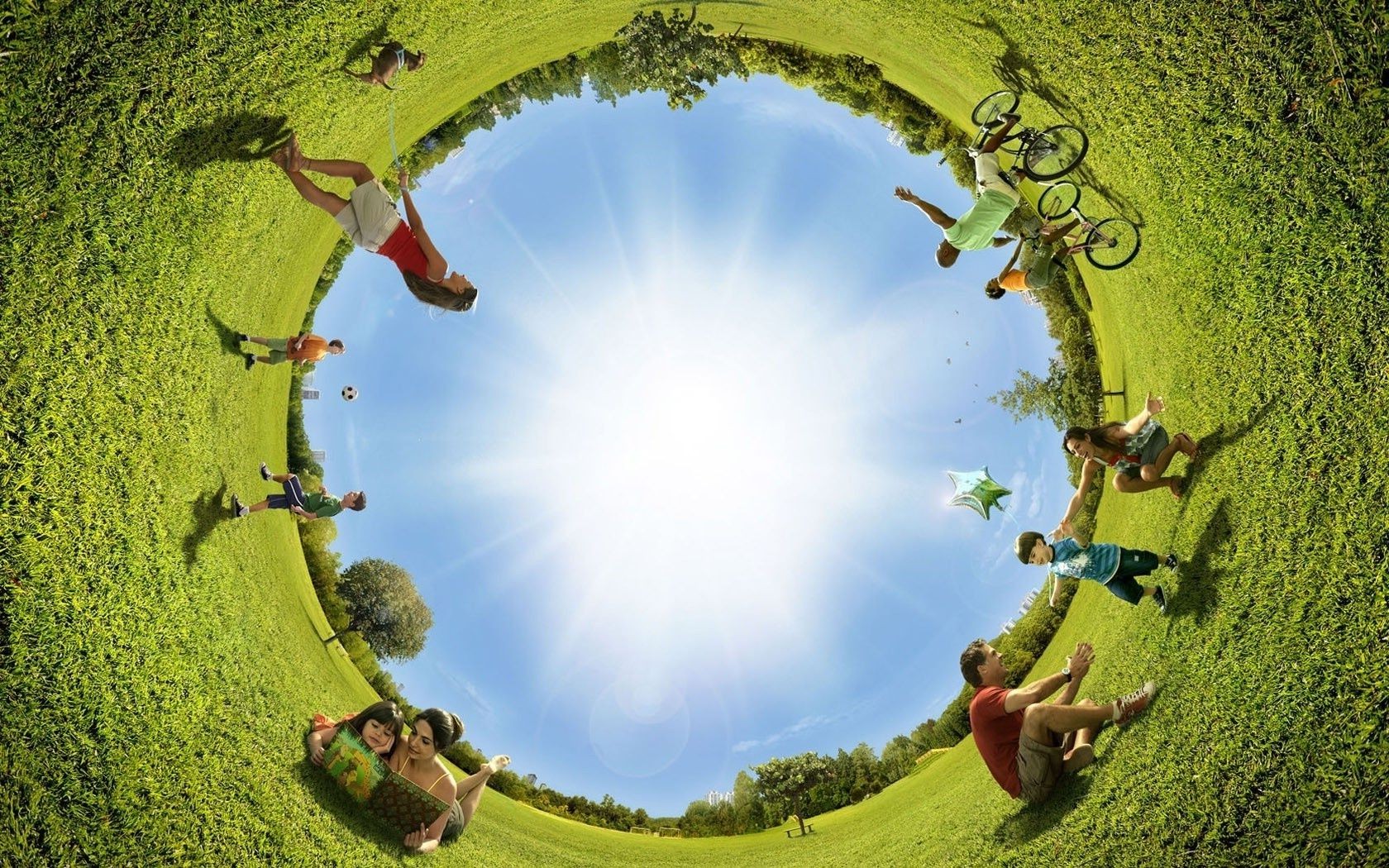The rapid rise in the human population and the corresponding demand for resources have had a dramatic impact on the natural world. While global warming, acid rain, and holes in the ozone layer affect the whole planet, other changes, such as habitat destruction and hunting, threaten individual species. Over millions of years, many species have adapted to natural changes, such as long-term variation in climate. However, it is more difficult for living things to adapt to the harmful materials released into the environment as a result of human activities.
World temperatures are currently rising every year. This so called global warming is caused by the buildup of gases and water vapour in the atmosphere. These gases form a layer that reflects the heat back to Earth, rather than allowing it to escape into the outer atmosphere. As the planet warms up, the water in the oceans will take up more space and water locked up in glaciers and the polar ice caps will start to melt. This could cause sea levels to rise and many habitats will disappear under water.
Acid rains fall when poisonous gases from power stations and vehicle exhausts mix with oxygen and moisture in the air. These gases become part of the water cycle and may be carried a long way by the wind before they fall as acid rain, or snow. Acid rain poisons or kills wildlife in lakes, rivers, and forests and damages the surrounding plant life. The problem could be controlled by reducing vehicle emissions and limiting the gases released from power stations.
A natural layer of ozone gas high in the atmosphere provides protection against the Sun’s harmful rays. However, certain pollutant gases, including CFCs (chlorofluorocarbons) are now destroying the ozone. Since 1979, “holes” have appeared in the ozone layer – first over the Antarctic, then over the Arctic. Damaging ultraviolet rays from the Sun penetrate these “holes”, slowing the growth of plants.
The development of technology by the human race has allowed the greater exploitation of natural resources and has helped to escape some of the risk from natural hazards. In spite of this progress, however, the fate of human civilization remains closely linked to changes in the environment. Man-made threats to the Earth's natural environment include pollution, deforestation, and disasters such as oil spills. Humans have contributed to the extinction of many plants and animals.
Humans employ nature for both leisure and economic activities. The exploitation of natural resources for industrial use remains the primary component of the world's economic system. Although early humans gathered uncultivated plant materials for food and employed the medicinal properties of vegetation for healing, most modern human use of plants is through agriculture. The clearance of large areas of land for crop growth has led to a significant loss of habitat for many plant and animal species as well as increased erosion.
Learn more:
http://wwf.panda.org/knowledge_hub/where_we_work/amazon/vision_amazon/models/natural_resources_management_amazon/
http://factsanddetails.com/russia/Nature_Science_Animals/sub9_8c/entry-5062.html



good information
ОтветитьУдалить